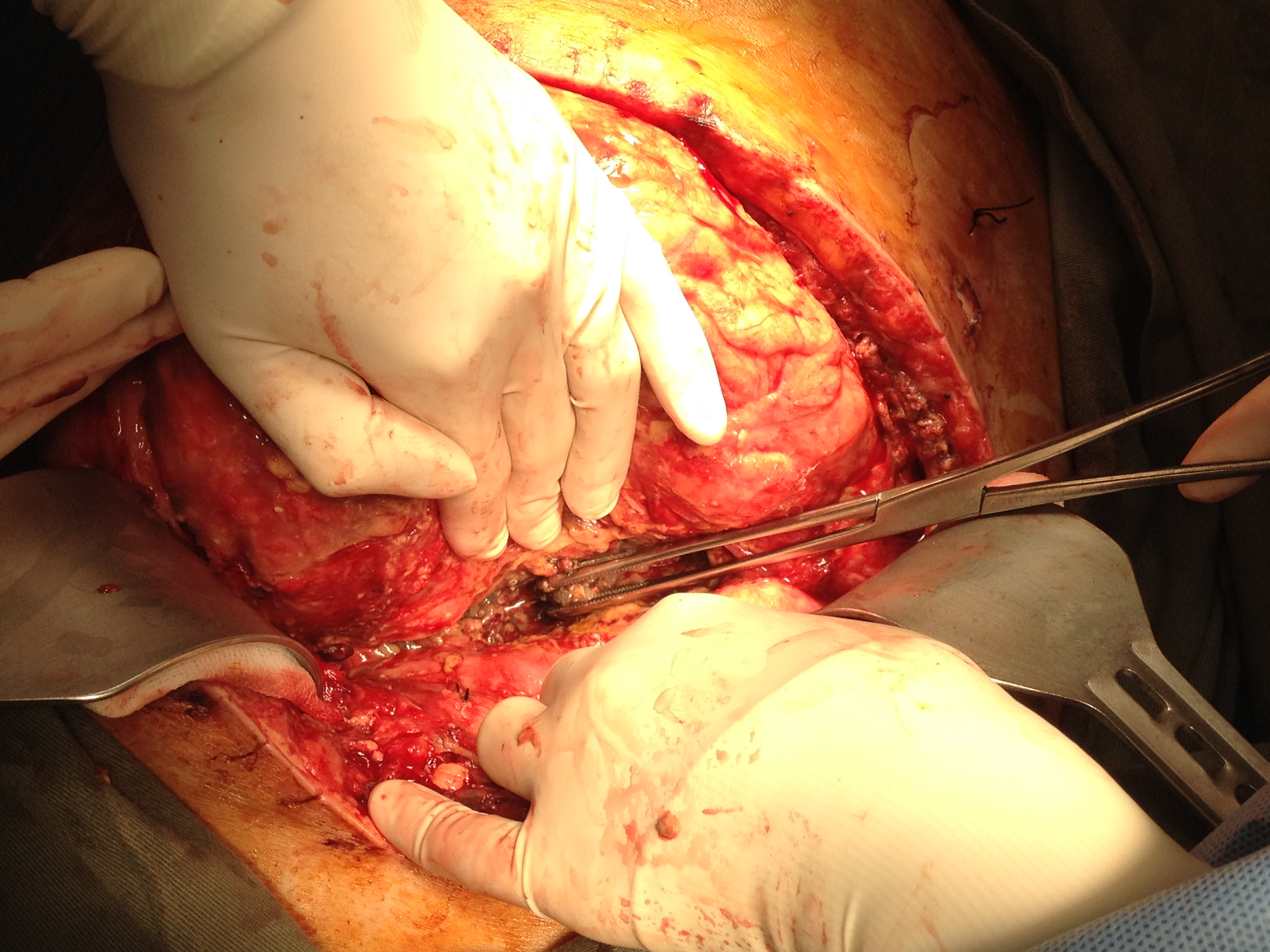

Necrosectomy is the surgical removal of dead tissue from a patient. A surgeon may recommend this procedure out of concern that tissue death will lead to infection and other health problems. It is a form of debridement, which is surgical treatment for infections leading to seriously inflamed or dead tissue. The surgeon typically operates on a patient under general anesthesia to make sure the patient remains comfortable throughout the surgery.
One common reason to need necrosectomy is acute pancreatitis, where part of the pancreas becomes so inflamed that cells start to die. Removal of this organ could cause compromises for the patient and may not be medically necessarily. Taking the dead tissue off and leaving the rest of the pancreas intact can provide an appropriate middle ground for treatment, allowing the doctor to remove dangerous material without taking out the whole organ.
In a typical necrosectomy, the surgeon usually tries to go in laparoscopically, through a series of small incisions to access the site. This technique results in less scarring and a shorter healing time, because the patient does not need to manage a large open incision. The surgeon will pump gas into the area to expand it and make everything easier to see. Typically, surgeons start by flushing with sterile saline to remove pus and other material around the site. Then, they will cut away and remove dead tissue, flush again to clean, and close the incision.
After a necrosectomy, the surgeon will provide the patient with antibiotics to prevent infection and may want to monitor the wound. Patients already in the hospital may stay for treatment so nurses and doctors can identify complications early. If a patient is sent home, she will need to be alert to signs of infection and must call a doctor if problems develop. These could include wound dehiscence, where the sutures split and the wound opens back up, infection, or reactions to medications like antibiotics.
Sometimes, a necrosectomy is not successful. The infection may be too deep and widespread and it could become necessary to remove an organ or amputate to prevent more tissue death, as well as serious health compromises. Doctors use tools like physical examination, medical imaging studies, and blood panels to assess the patient's response to surgery and to determine if more treatment is necessary. Surgeons usually want to strike a balance between being conservative, sparing patients unnecessary procedures, and moving too slowly to catch a serious medical problem.
